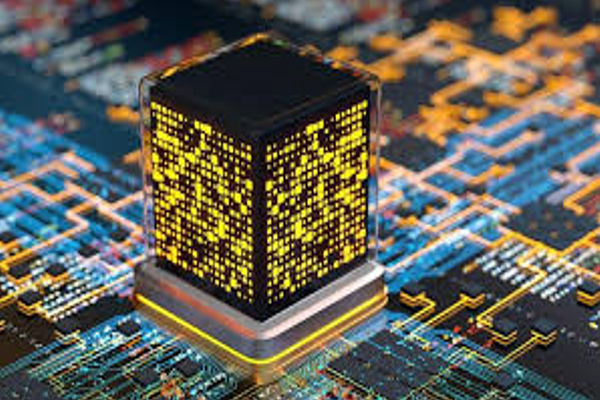The world of electronics has been shaped by continuous miniaturization. From room-sized vacuum tube computers to today’s ultra-dense chips, integrated circuits (ICs) have powered the digital revolution.
But with Moore’s Law nearing its physical limits, a new paradigm is emerging—Quantum Integrated Circuits (Quantum ICs)—which operate at the subatomic level using quantum mechanics.
This article explores what Quantum ICs are, how they work, the materials and architectures involved, and why they represent the next leap in computing, sensing, and communication technologies.
From Classical to Quantum: A Quick Primer
Classical ICs are built on semiconductor substrates and use transistors to represent binary information—0s and 1s.
In contrast, Quantum ICs use qubits (quantum bits), which can exist in a superposition of both 0 and 1 simultaneously. They can also become entangled, allowing their states to be interdependent, no matter the distance.
Key Advantage: With N qubits, a quantum circuit can represent 2^N states at once—enabling parallel computation at an unprecedented scale.
What Are Quantum Integrated Circuits?
Quantum Integrated Circuits are physical chips that bring together quantum elements such as qubits, gate operations, and readout systems into a single platform designed for quantum computation or sensing.
They must operate in highly controlled environments—often at millikelvin temperatures—to prevent decoherence caused by noise or temperature.
Core Components:
- Qubits (superconducting, trapped ions, spin-based, photonic)
- Quantum gates
- Control electronics
- Readout systems
- Cryogenic infrastructure
Superconducting Quantum ICs: The Current Front-Runner
Superconducting circuits are the most widely used form of Quantum ICs today. Major players like IBM, Google, and Rigetti have developed chips with 50+ superconducting qubits.
How It Works:
Superconducting qubits (e.g., transmons) rely on Josephson junctions—nonlinear inductive components made from superconductors separated by an insulating barrier.
Advantages:
- Compatible with standard chip fabrication
- Very fast gate operations (~nanoseconds)
- Easier qubit coupling and entanglement
Challenges:
- Require cooling to <20 millikelvin
- Susceptible to noise and decoherence
- Difficult to scale while preserving fidelity
Other Quantum IC Platforms
While superconductors lead the pack, other architectures are promising:
- Spin-Based Quantum ICs
- Use electron or nuclear spins as qubits in silicon or diamond substrates
- Compatible with CMOS technology
- Long coherence times but slower gate speeds
- Trapped Ion Quantum ICs
- Use ions confined by electromagnetic fields
- High fidelity and long coherence but slower operations
- Photonic Quantum ICs
- Use photons to encode information
- Room-temperature operation and good for quantum communication
- Challenges in photon generation and manipulation
Quantum Circuit Design: From Qubits to Algorithms
Designing Quantum ICs involves more than hardware, including:
- Qubit layout to minimize errors
- Quantum gates like Hadamard and CNOT
- Error correction methods (surface code, Shor’s code)
- Software and control stacks (e.g., Qiskit, Cirq)
- Measurement and readout techniques
Fabrication of Quantum ICs: Merging Nanotech with Quantum Physics
Quantum IC fabrication involves:
- Substrate materials like sapphire, silicon, and diamond
- Thin-film deposition of superconducting metals
- Electron-beam lithography for nanoscale patterning
- Cryo-compatible packaging and wiring
Quantum ICs in the Real World: Use Cases and Applications
- Quantum Computing
- Factoring, quantum simulation, optimization, and AI
- Quantum Sensing
- Precision magnetometry, biomedical imaging, dark matter detection
- Quantum Communication
- Quantum key distribution, quantum repeaters, quantum internet
Challenges on the Path to Scalable Quantum ICs
- Decoherence and error rates
- Scalability (control, crosstalk, thermal management)
- Materials defects
- Integration with classical electronics
The Future: Toward a Quantum System-on-Chip (QSoC)
The vision is a fully integrated quantum system combining logic, control, memory, and communication on one chip, enabled by:
- Monolithic quantum-classical integration
- Cryogenic CMOS control
- Advanced photonic interconnects
- AI-driven calibration and error correction
Conclusion
Quantum Integrated Circuits mark a technological milestone by miniaturizing quantum systems into chip-scale devices. While challenges remain, rapid progress suggests they will soon underpin the next generation of computing, sensing, and communication technologies, stepping beyond classical limits.













